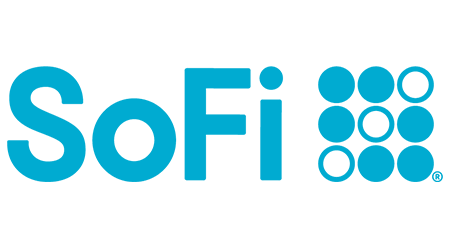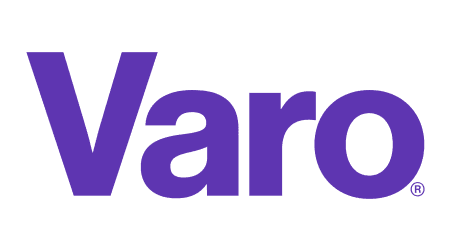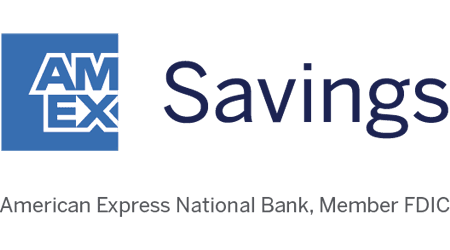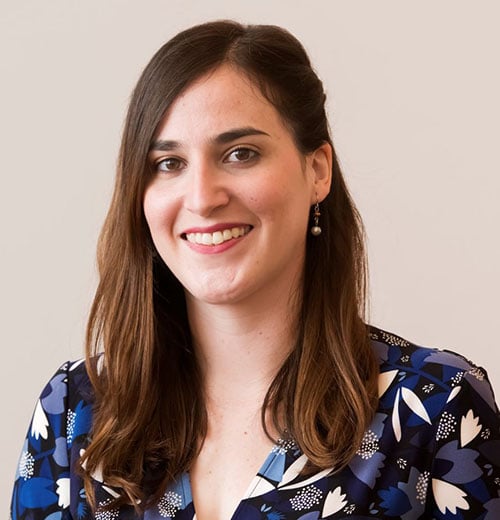
SoFi Checking and Savings
- Up to 3.80% APY on savings by meeting deposit requirements or by paying the SoFi Plus subscription fee every 30 days
- $0 monthly or overdraft fees
- Get up to a $300 bonus with direct deposits of $5,000 or more
- Member FDIC
Having an emergency savings account is a must for everyone. Putting money aside for emergencies can offer peace of mind in times of financial crisis. As to where to put your emergency fund, that’s up to you, but there are better options than to keep it stuffed under your mattress.
An emergency fund is there to help cover unexpected events that would majorly disrupt your finances. Having one can help you avoid having to borrow money to stay afloat and keep your living expenses covered until you’re back on your feet financially. An emergency fund can help after losing a job or experiencing changes in your income, unexpected medical bills and vehicle or home repairs.
Emergency funds are different from sinking funds in that a sinking fund is money you put away for expected upcoming expenses like vacations or Christmas gifts.
The rule of thumb for emergency funds is to save at least three to six months of monthly expenses. Factor in your housing, utilities, loans, groceries, transportation and other essentials you pay every month. The average emergency fund is $17,544, according to Finder’s Consumer Confidence Index. But depending on your living situation, you may need much more or less than that.
If you don’t have an emergency fund — and 55% of Americans say they don’t — then start small. Aim to tuck away at least $1,000 somewhere safe and keep it growing from there. While $1,000 may not cover three months of living expenses for most people, it could help with a rent or mortgage payment, car troubles or a week of temporarily reduced income.
Consider stashing away emergency funds in a high-yield savings or money market account like these to maximize your savings.

SoFi Checking and Savings

Varo

American Express® High Yield Savings Account
We won’t tell you to remove your hidden bills from the rafters, but we will say that one of the better places to keep your emergency fund is in an insured deposit account, such as a high-yield savings account. We asked over 8,000 Americans where they put their emergency fund, and 56% reported a savings account, and 20% said it’s in cash.
Unlike a piggy bank, keeping your emergency fund in an interest-bearing deposit account puts your money to work thanks to compound interest and high-yield rates. It also gives you more access to your money when you’re not home and protects your funds up to $250,000 through FDIC insurance.
Some great places to put your emergency fund include:

"While more restrictive accounts, like CDs and Roth IRAs, may offer higher interest rates to grow your money, they charge a penalty if you need to access your money in an emergency. Weigh the pros and cons before locking your money away. Choosing a more accessible account like a high-yield savings account or money market savings account gives you faster access to your money during an emergency — especially if it comes with a debit or ATM card."
Here’s a step-by-step guide on how to start an emergency fund:
Consider these six factors when comparing accounts:
An emergency fund helps you prepare for the unexpected and tackle surprise expenses head-on without jeopardizing your financial health. There are many different accounts to choose from, and whether you choose to keep your money in one or spread across multiple accounts is completely up to you.
The key is to keep your emergency savings someplace secure and accessible, and ideally, a savings account that can keep your funds growing.
High-yield savings accounts are safe and don’t have many drawbacks. But there are a few disadvantages to consider before opening one.
Earn up to 8% with BCU Powerplus Checking and close to 7% with other accounts from Greenlight, Netspend, Varo, Uphold and more.
Chime’s savings account has a solid APY and has no monthly fees, but it requires Chime’s checking account.
SoFi’s high-yield savings account is a hybrid checking and savings account featuring a high APY, cashback rewards and minimal fees.
SoFi, Discover, Wealthfront, Varo, Uphold, Bask Bank, Current, Marcus and Ally offer top vacation savings accounts with high APYs.
If you struggle to save, you could benefit from a savings account or CD that won’t allow you to withdraw funds.
Savings accounts let your money earn interest while it sits. There are very few drawbacks to getting one and lots of benefits.
Uninterrupted compound interest accounts pay interest on your initial balance and the interest you continually earn if you don’t withdraw.
How to choose the best savings account for your situation.
Compare some of the best high-yield savings accounts available.